As a transplant from the East Coast, I didn’t expect the Midwest to be a hub of rail transportation.
I grew up in a Maryland suburb of Washington, D.C., where a trip on the commuter rail between the District of Columbia to Baltimore is $6–$15. Prior to the pandemic, the D.C. metro system had an average of 816,700 daily riders, more than any subway system except New York City’s. Senators and Representatives in D.C. often take an Amtrak train every weekend to their homes hundreds of miles up and down the East Coast.
The infrastructure I grew up with was unusual for the United States. I knew finding a Midwest subway or passenger rail system to match that of a city like D.C. was unlikely. When I arrived in the Twin Cities, I was introduced to an impressive metropolis with millions of residents, a population center relatively close to major Midwestern cities like Chicago, Milwaukee, St. Louis and even Indianapolis.
But there was, and is, almost no passenger rail transportation between these locations.
Stephanie Valle, a first-year PhD student in psychology who moved to the Twin Cities from Chicago, felt the lack of rail transportation as soon as she arrived.
“As someone who was used to doing most of her commuting via trains [and] buses, it was definitely surprising to see how much we have to rely on a car here,” Valle wrote in an email to the Minnesota Daily.
For travel home, air travel is her most convenient option after driving.
“I’ve traveled by car when going back to Chicago for longer trips. However, I made two trips to see my family in Chicago last semester and had to fly as those were short weekend trips and I was planning around classes,” Valle said. “A one-hour flight versus a seven-hour drive makes a difference.”
While recent incidents like the East Palestine train derailment may make readers skeptical of rail travel, the truth is the alternatives are expected to have long-lasting impacts on our environment and our health.
Air travel accounted for 2% of global carbon emissions in 2019, and the number of annual air travel passengers is predicted to double to 8.2 billion in 2037. Vehicle emissions produce about one-third of all U.S. air pollution, and studies have also found vehicle-related air pollution exposure to cause health problems.
An estimated 7,100 deaths in the Northeast and Mid-Atlantic regions in 2016 were linked to exposure to vehicle emissions.
On the other hand, traveling by rail produces up to 83% less greenhouse gas pollution than driving and up to 73% less pollution than flying.
As climate change accelerates and natural disasters increase in frequency, every corner of the country is increasingly forced to reckon with the consequences of our air and auto industries. But, we live in a part of the country that seems built for passenger trains — the Midwest is flatter than most of the country and is already linked to an extensive national network of freight railways.
So, why don’t we have the passenger rail infrastructure to match?
The absence of rail connections between Minnesota and other states is especially conspicuous. Minnesota has tuition reciprocity agreements with Wisconsin, Iowa the Dakotas, as well as the Canadian province of Manitoba. These agreements mean any Minnesota resident can apply to select institutions and receive in-state tuition as if they were a resident of those states.
Residents of participating states can also do the same in Minnesota. According to the Minnesota Office of Higher Education’s 2021 Tuition Reciprocity Annual Report, 39,198 students participated in tuition reciprocity in the fall 2019 semester. Of those students, more than 8,000 were Wisconsinites studying in Minnesota, and more than 13,000 were Minnesotans studying in Wisconsin.
Despite this frequent movement between neighboring states, the options for transportation are limited and students have limited options to physically get to their educational institutions.
Sarah Engadol graduated from the University in 2022. They applied as a Wisconsin resident, received in-state tuition and moved to the Twin Cities. When they made that move, traveling by car was the only convenient option.
Engadol uses both she/her and they/them pronouns and will be referred to with they/them pronouns for consistency.
“There is very little train transportation right now that I know of,” Engadol wrote in a text to the Minnesota Daily.
Engadol said Amtrak’s Empire Builder line “is really the only train option, which kind of sucks because the closest stop is still one and a half hours away from my hometown.”
Engadol said Amtrak’s Empire Builder line’s service paused during the pandemic, further limiting their already sparse travel options.
“They weren’t doing this ride for a while during the first few years of the pandemic so it wasn’t an option for transportation,” they said.
To be worth it, passenger rail needs to be widely available, accessible to all and an affordable alternative to auto or air travel.
Passenger rail has the potential to radically change transportation in the Midwest. And the demand for such infrastructure is there. When I asked what it would take for her to travel more by train, Valle’s answer was clear: “Expansion of passenger rail!”



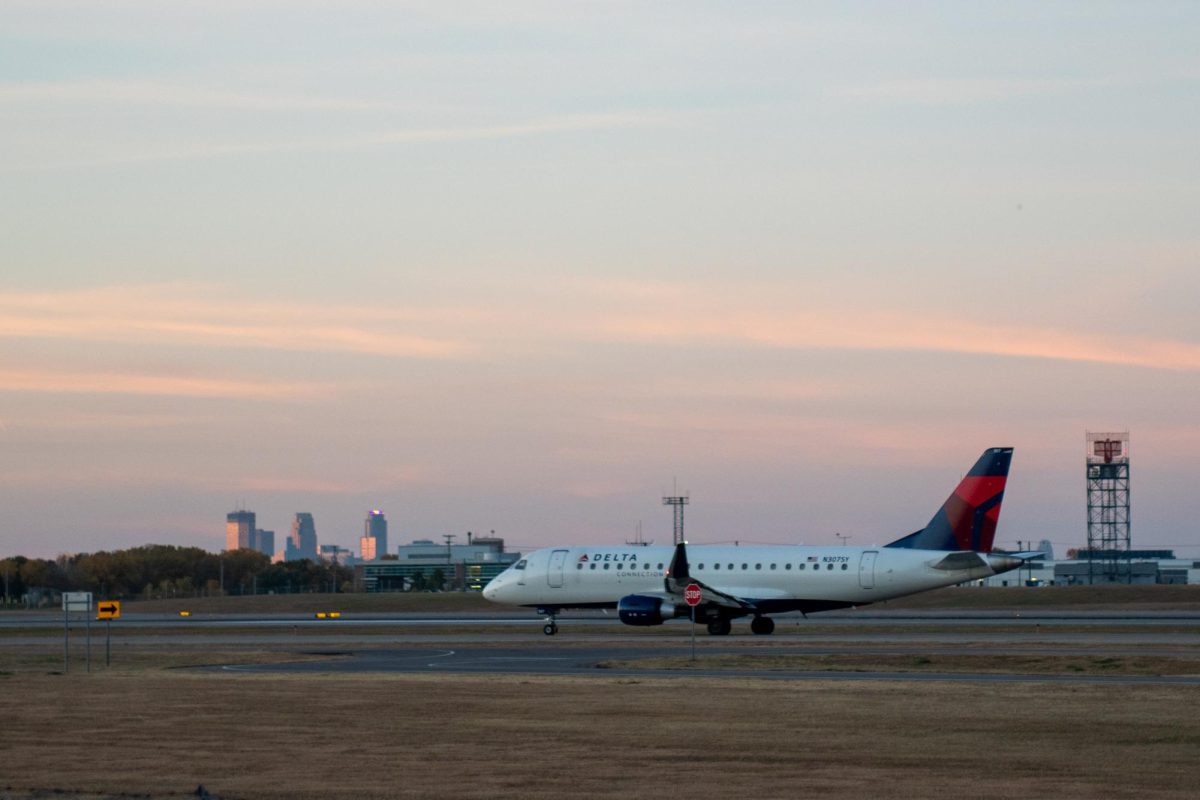
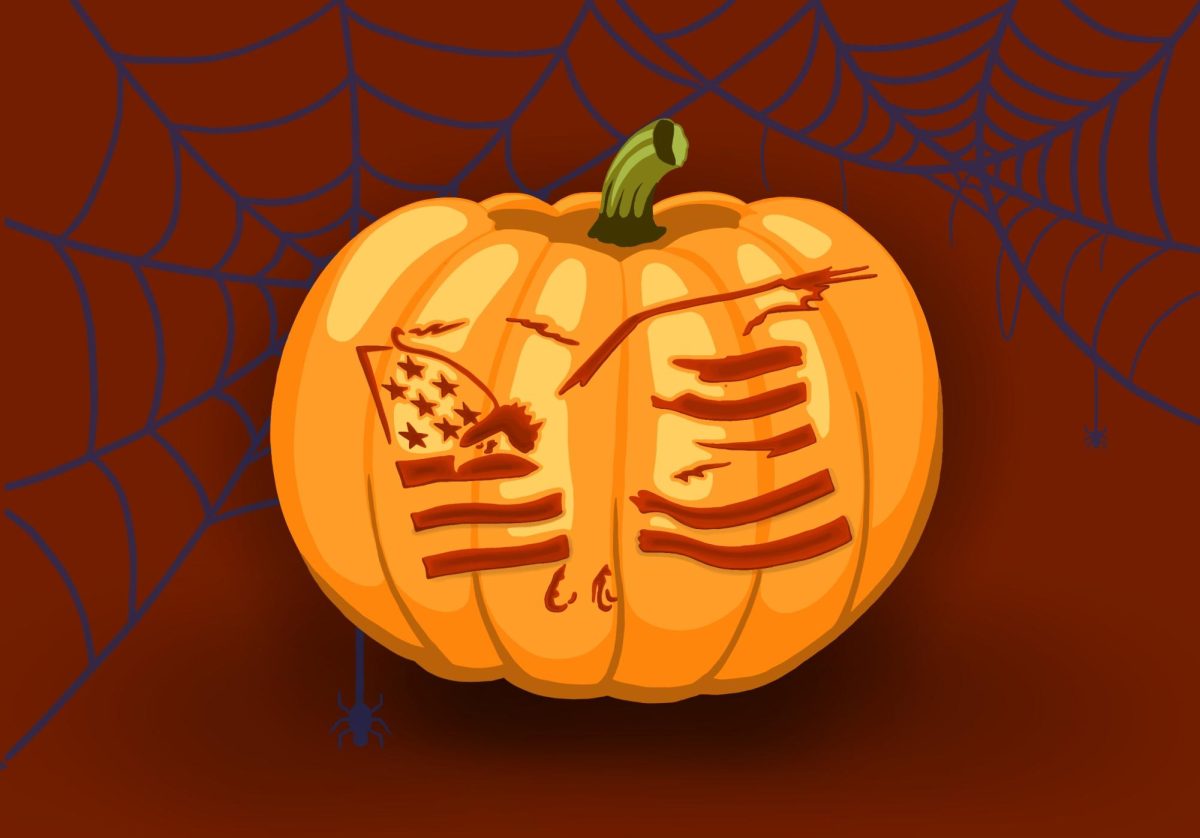
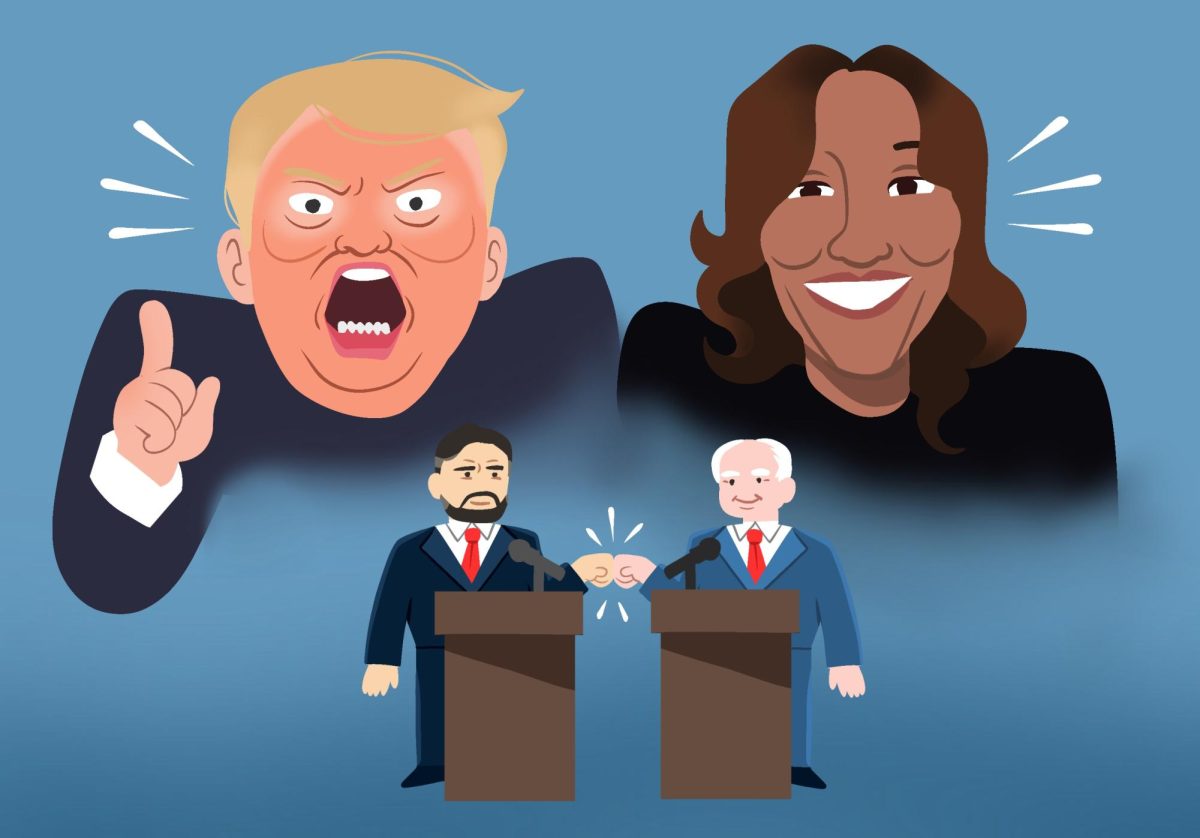
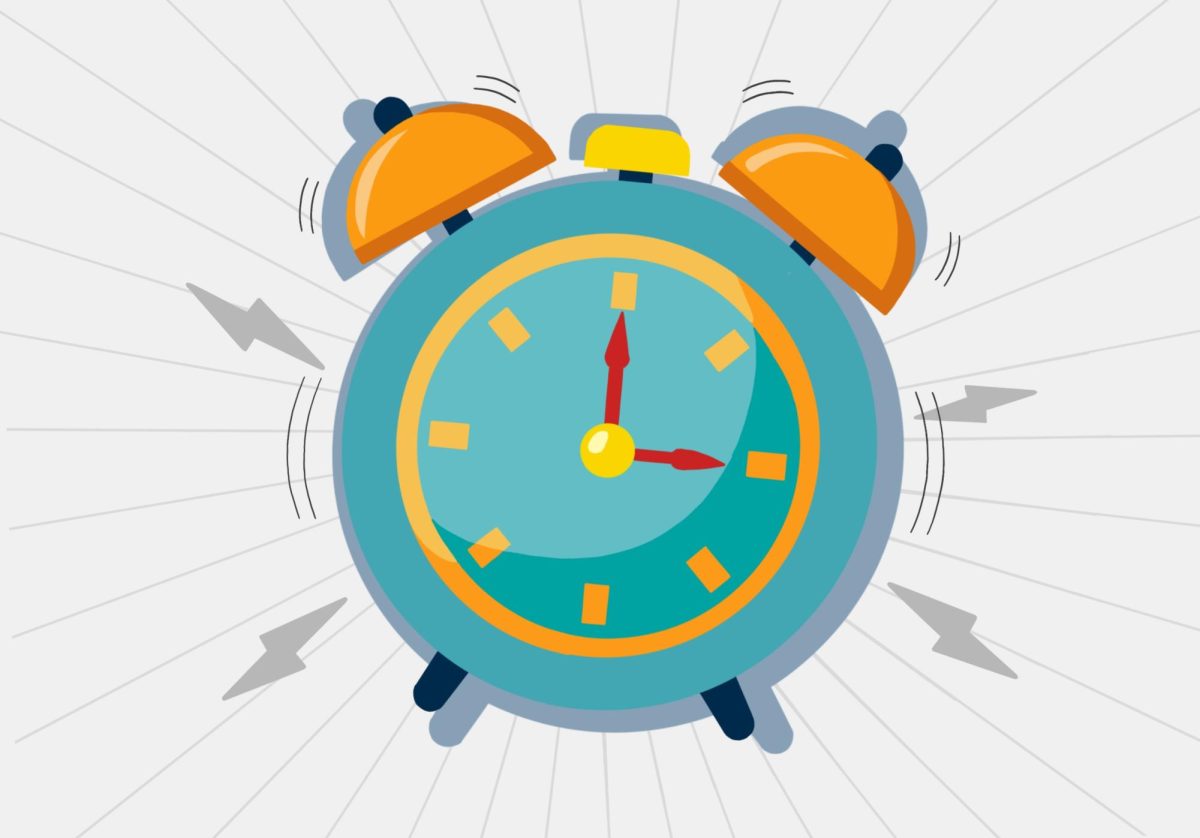


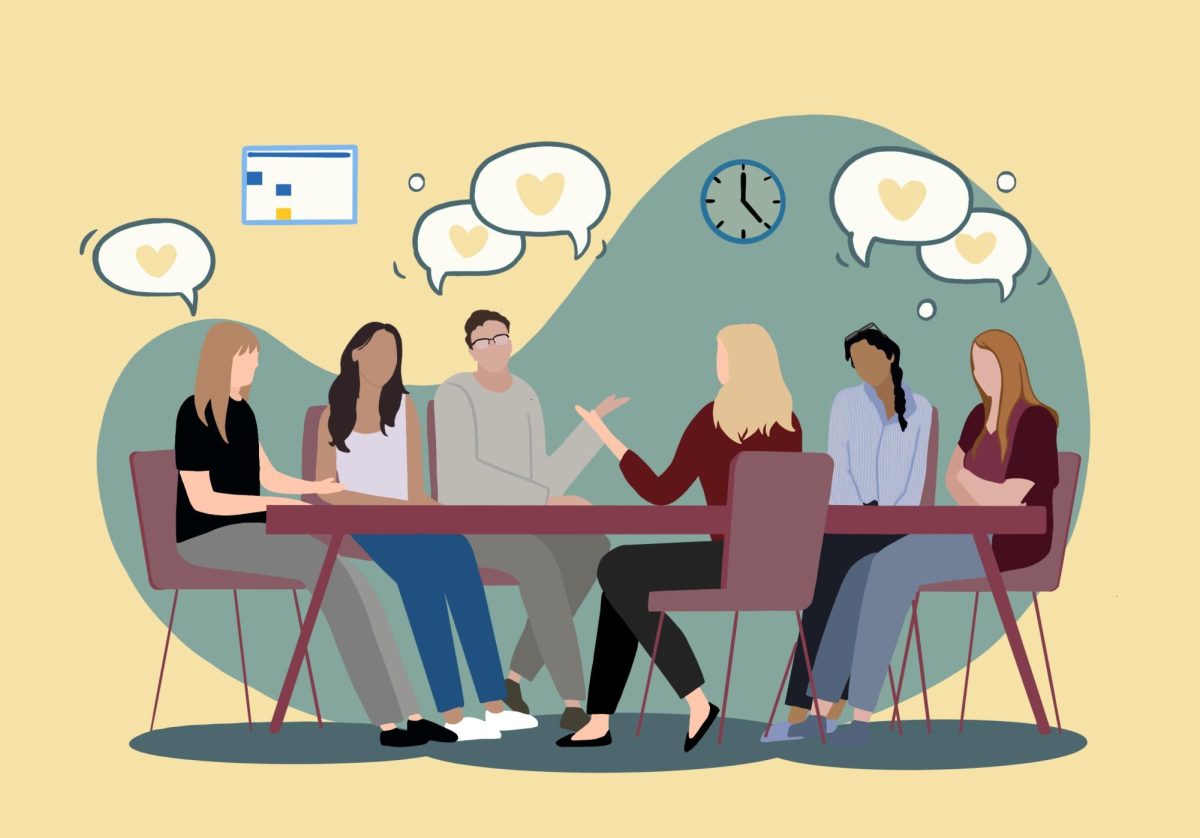
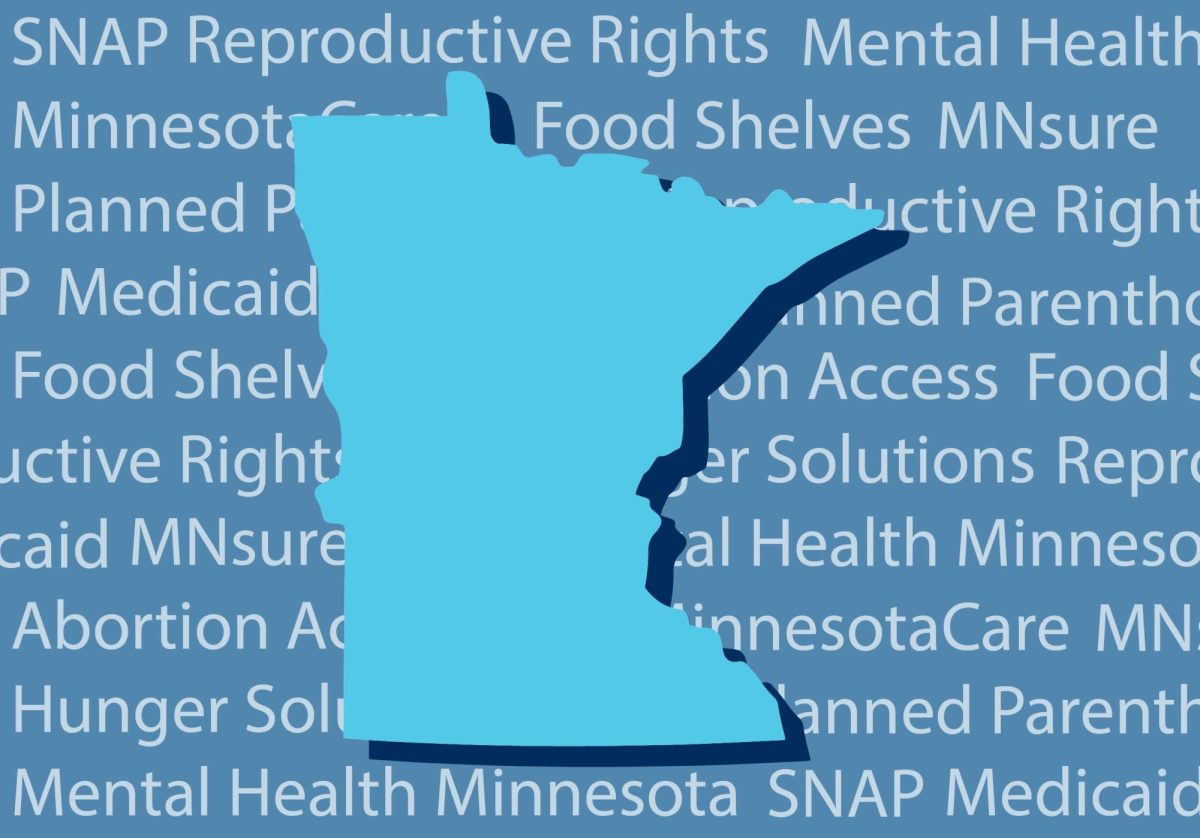
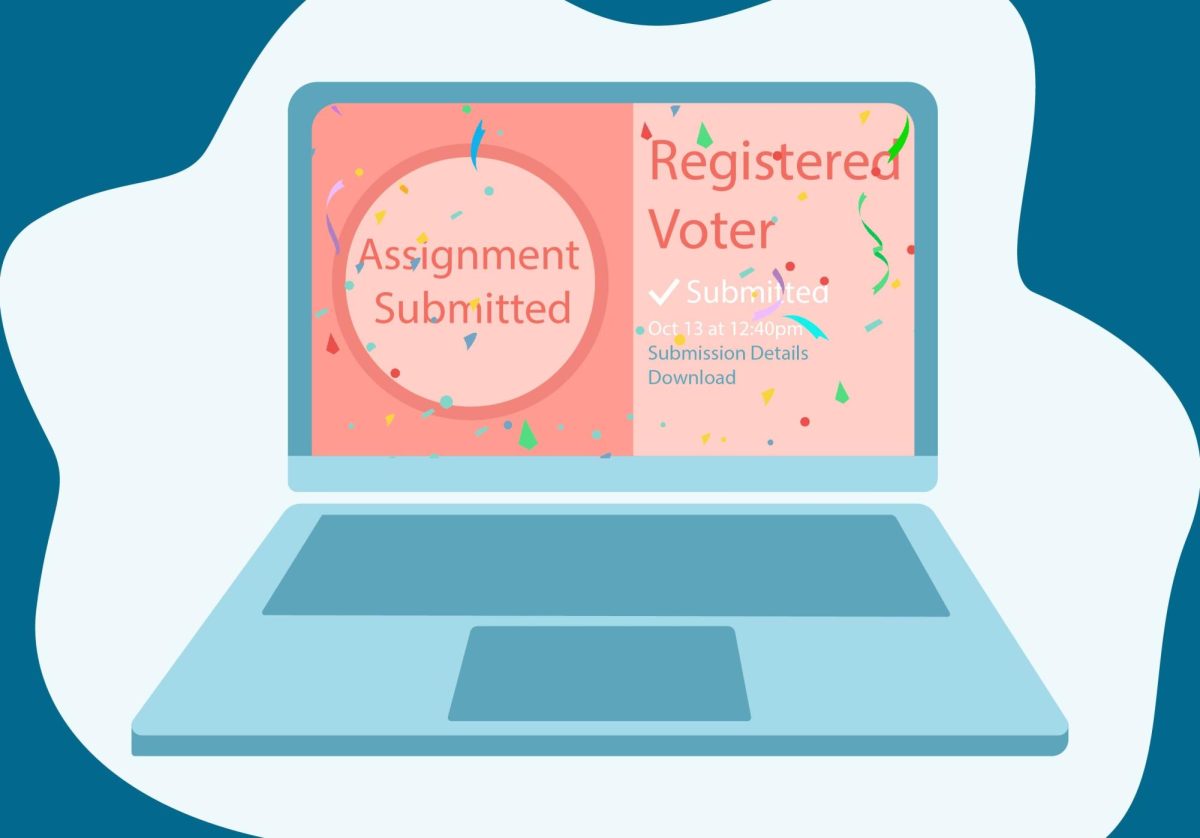
Meat Eater
Mar 16, 2023 at 8:46 pm
Bus transportation to Chicago, Fargo, Madison, Duluth …. is both cheap and easy to obtain. Travel by trains went out of fashion for a reason. Car pooling, given all the students, if you cannot find a ride you are not looking.